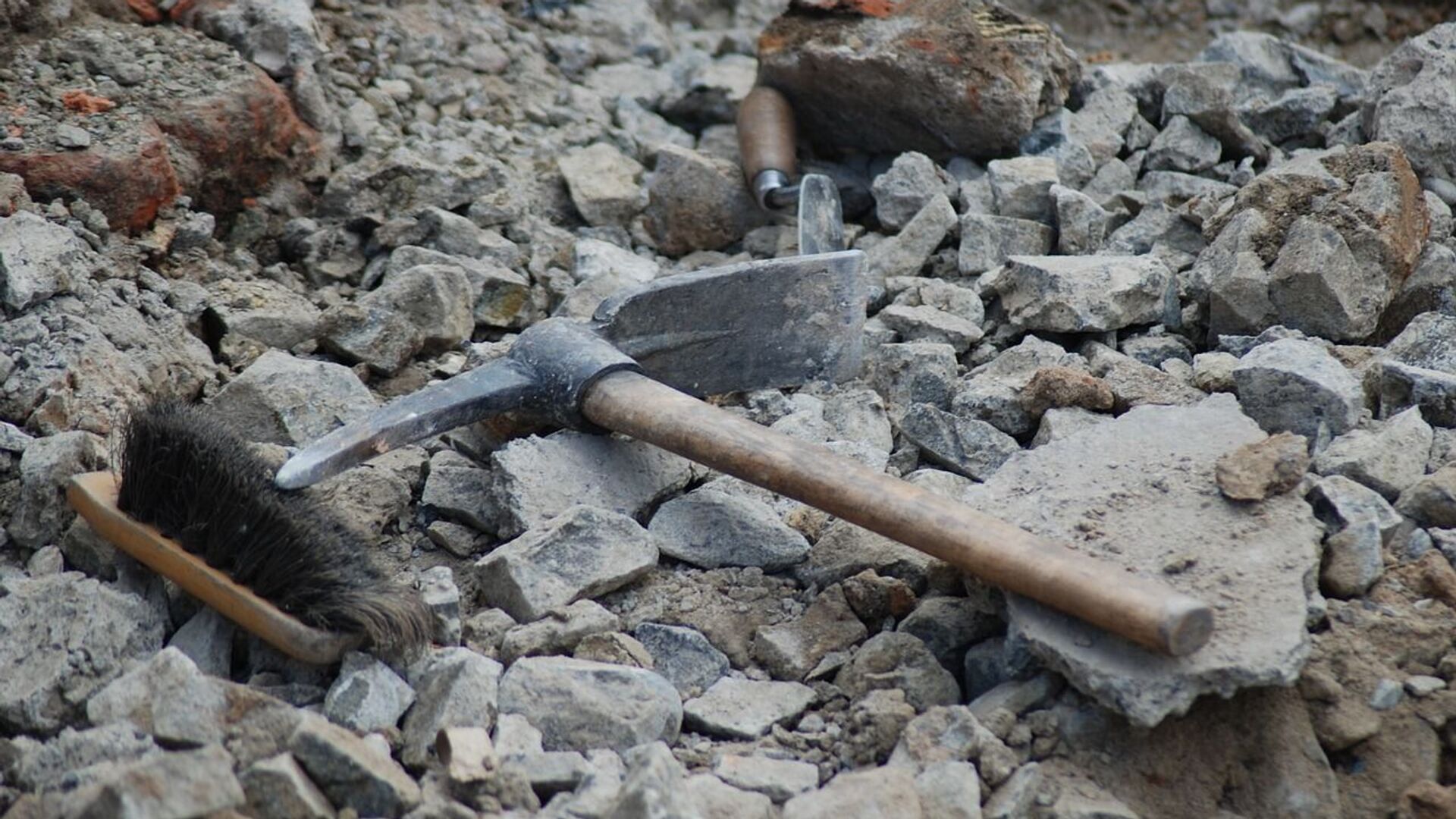Archaeologists working in Maryland recently announced the discovery of a rare coin they believe was lost by one of the original English settlers who arrived in what would become one of the Thirteen Colonies established under British rule in North America.
The silver shilling, which was unearthed by researchers amid ongoing excavation of a Colonial fort within historic St. Mary’s, bears the image of King Charles I on one side, with the coat of arms and the Latin motto “Christo Auspice Regno'' embedded on the reverse side.
The Latin phrase translates to “I reign under the auspices of Christ.”
The centuries-old coin also includes a maker’s mark on both sides, which suggests that it was made in the royal mint at the Tower of London between 1633 and 1634.
Travis Parno, who serves as the chief project archaeologist at the Maryland site, told The Washington Post that the discovery is incredibly rare, and that it has only helped to further date the historic fort. “It was quite a revelation,” he underscored.
“We don’t find a lot of coinage,” Parno relayed to the outlet. “We don’t have any shilling that matches this one exactly. To find one that’s that early is a unique thing for us.”
While the coin was not exactly worth much at the time, it could have allowed the owner to take home some pottery, according to the chief archaeologist, who indicated that the finding may help predate the region’s use of tobacco as currency.
At the recent unveiling, the research team also announced they had uncovered a Catholic medal that depicted five saints, as well as a copper decoration known as a “tinkling cone” that was likely made by colonists and used as a form of trade with the local Indigenous communities.
The coin was initially found in November 2020 but was ultimately kept under wraps for additional examination. Its discovery came as the dig team announced in March that they had successfully uncovered the outlines of a defensive outpost built in historic St. Mary’s by the first English settlers in 1634.



